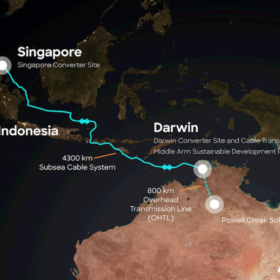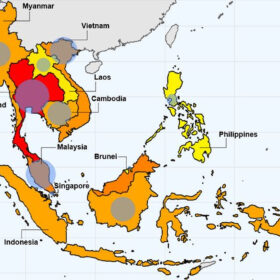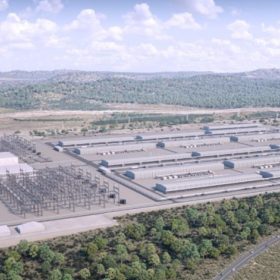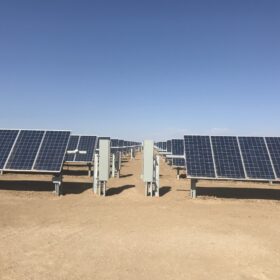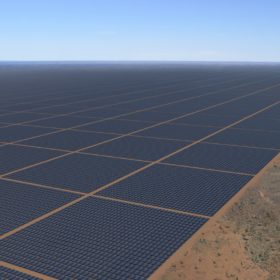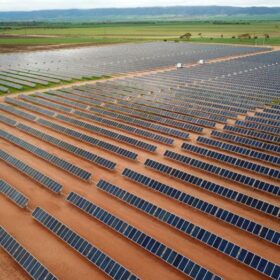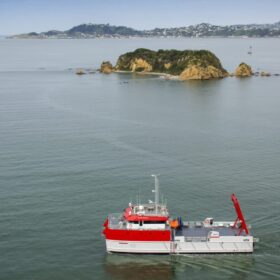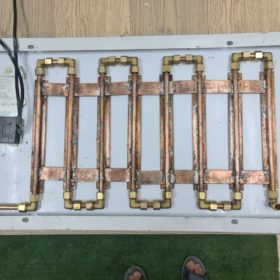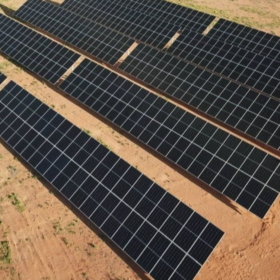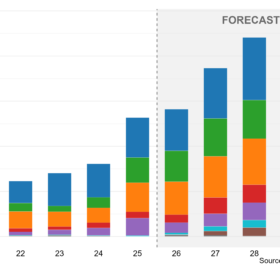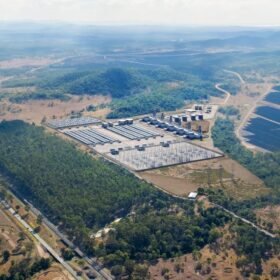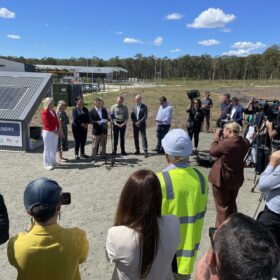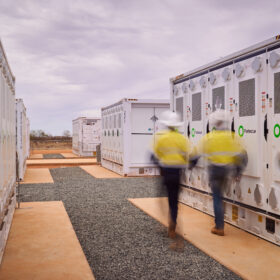SunCable sale complete, company lays out more subdued project scope
SunCable’s sale to Mike Cannon-Brookes’ Grok Ventures has today been completed, with the company flagging new project elements, including a subsea cable manufacturing and testing facility, as well as reiterating its vision of delivering bulk energy to Singapore via undersea cables.
Southeast Asia has technical potential to deploy over 1 TW of floating PV
A group of researchers from the US National Renewable Energy Laboratory assessed the potential for floating PV (FPV) plants at reservoirs and natural waterbodies in 10 Southeast Asian countries. It found that the overall FPV technical potential for the region ranges from 477 GW to 1,046 GW.
Maxeon to build 3 GW cell and module plant in US
Singapore-headquartered solar manufacturer Maxeon Solar Technologies will invest more than $1.5 billion (USD 1 billion) to establish a TOPCon manufacturing facility in the United States, creating up to 1,800 highly skilled jobs.
Keppel part of push behind 3 GW green hydrogen project
The Queensland government has reaffirmed that Singapore-headquartered Keppel Infrastructure has joined the consortium of Australian and Japanese energy companies seeking to develop a 3 GW renewable hydrogen project near Gladstone on the central Queensland coast.
Quinbrook to target domestic market with Sun Cable project
Renewables investor Quinbrook Infrastructure Partners has confirmed its focus is on the onshore potential of Sun Cable’s estimated $35 billion (USD 22.76 billion) Australia-Asia PowerLink project that aims to deliver up to 800 MW of renewable energy into Darwin and export solar from Australia to Singapore via a submarine transmission link.
Cannon-Brookes, Quinbrook consortium secures Sun Cable
A consortium led by tech billionaire Mike Cannon-Brookes’ Grok Ventures and including green energy investment manager Quinbrook Infrastructure Partners has been successful in acquiring the giant $35 billion Sun Cable renewable energy project.
New model to assess levelised cost of hydrogen in PV-powered electrolysis
Scientists in Singapore have developed a methodology to calculate the levelised cost of hydrogen in green hydrogen facilities powered by photovoltaics, emphasising the need for a levelised cost of storage (LCOH) below USD 10/kg ($15/kg) to enable green hydrogen to compete with grey, blue, and orange hydrogen in the current technology landscape.
MPower teams with Ampyr to accelerate mid-scale solar strategy
Australian renewable energy developer MPower plans to step up its activities after establishing a funding relationship with international investment firm Singapore outfit Ampyr Energy that will help finance the growth of its portfolio of mid-scale solar power and battery energy storage projects.
Sale of Sun Cable mega project attracts multiple bids
The sale of renewable energy developer Sun Cable, which is aiming to deliver the world’s biggest intercontinental solar and storage project in northern Australia, has received initial takeover offers from multiple investors, including prospective buyers that aren’t existing shareholders in the project.
Photovoltaic-thermal system based on PCM cooling
Malaysian researchers have developed a system that can absorb heat from PV modules and transmit it to a nanofluid, in order to transform it into thermal energy and use it for different applications. The panels have an overall efficiency of 89%.
